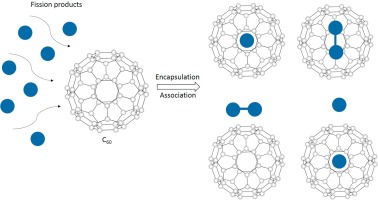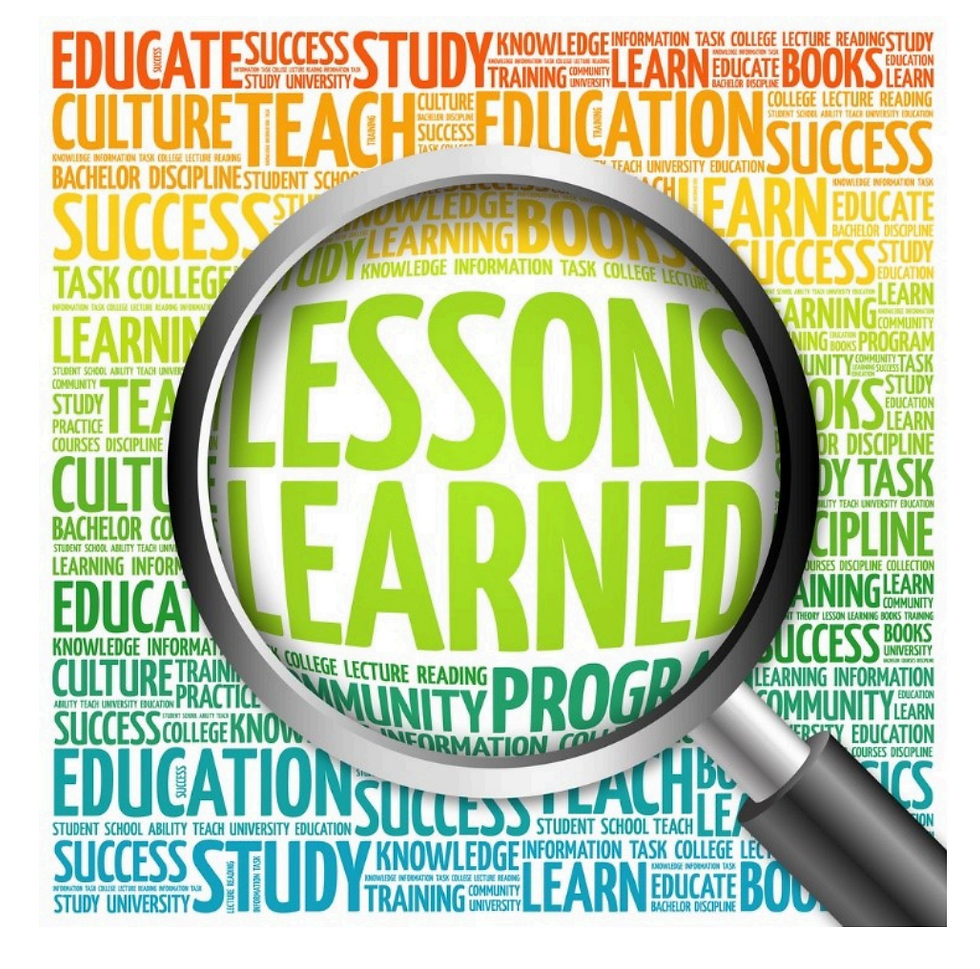Visioneering the Next Generation ELN
- john87833
- Feb 18, 2020
- 5 min read
Updated: Jun 25
February 18, 2020

& 10 Important Considerations for a Future Proofed Selection
By John F. Conway
Chief Visioneer Officer
The good news is some of the Next Generation ELN capabilities are already here! Based on the work I’m doing for my large biopharmaceutical clients, and the knowledge I have from working in the industry I am seeing quickly who has delivered on this vision and who is behind! Replication and reproducibility, collaboration, automation, advanced data capture, data and process contextualization, versioning and reuse, voice capabilities, AI, and enhanced usability cover some of the next-generation functionality and capabilities. These existing or near term capabilities will help future proof an organization's selection. Currently, many companies are running on old antiquated ELNs (even bespoke or custom), dragging their feet on upgrading because of the cost and disruption it will cause, but possibly also, because the choices are suboptimal in their early due diligence. Is the value worth the cost? Many lessons have been learned in selecting, deploying and replacing an ELN. Luckily, I have been involved over the years from one of the first deployments to some of the best deployments….yes, that means I am either getting old or I am old! The rate of change that is coming to the R&D environment is staggering and if you don’t plan for the Journey, you will make costly mistakes. Understand the true difference between and ELN and LIMS and how this plays out in R&D. Sample-centric versus experiment-centric versus process-centric workflows will become impeded by wrong choices and time wasted on over configuration and probably unnecessary or forced customization.
As mentioned in a previous article, ELNs are like any other culture and technology Journey. The Journey has evolved and the promise of an ELN must be realized. I think the content outlined below captures some of these true needs. Don’t forget we need a cultural transformation in R&D. In fact, I think R can learn some serious lessons from D when it comes to driving change and compliance. Since this is a Journey, you must plan for TCO (Total Cost of Ownership). A general rule of thumb is 50-75% of licensing costs will be spent on maintenance, professional services, and curation. If you deploy a “Paper on Glass” ELN and never go beyond that phase you will most likely have a negative ROI (return on investment). That will not be a good outcome for your organization and will have a downstream effect on your strategy execution.
The following consideration should help a company start to mobilize around this Journey. Remember your organization needs to figure out the what and why with regards to ELN need.
Ten Considerations for Selecting Your Next Generation ELN
1. The Next Generation ELN needs to be scientifically aware. It must handle both Chemistry and Biology for NME discovery. Period. For Chemicals and Materials companies, it needs to handle their special chemistries and material science. My research and involvement in the industry point to a list of vendors who can achieve an enterprise play in the R&D space and they are Dotmatics, PerkinElmer, IDBS, and Biovia. Of these, two seem to be emerging as leaders that can at least handle chemistry and biology in one platform. Of course, I am familiar with all the others and some nice usability these might offer. These seem to be the top R&D choices for medium size biotechs to large biopharma, energy, chemical, and materials companies. When you get into combo LIMS and ELN players, be very careful that the ELN is fit for purpose, as a underperforming and or under capable ELN can cause great harm to your organization!
a. Consider thinking about a separate notebook for your computational groups! OpenEye’s Orion integrates with IPython Jupyter Notebook ELN and is one of the few computational platforms that can capture the virtual scientific method.
2. It needs to improve the quality of life for the researcher, not hamper it. It must have a lower barrier to usability. Some ideas:
a. It tracks researchers and automatically records what they do.
b. It handles voice (like LabVoice), think of J.A.R.V.I.S.
c. It must capture the details in both data and processes and be FAIR (Findable Accessible Interoperable and Reusable).
d. It’s a core part of the Platform Ecosystem.
e. It's modular, flexible, integrateble, and scalable.
3. It potentially needs to be the core of what every scientist does. Is that feasible? This is the challenge and will test the one ELN for all (or many) strategy. This could be the center of a carefully executed platform play. Caution must be taken here and there are methodologies to make this a reality.
4. It needs to integrate with your Automation. It’s the future. Automation helps drive the repeatable processes and resulting Model Quality Data. If you haven’t seen Ira Hoffman, CEO of HighRes Biosolutions speak in our first webinar go here!
5. You need to leverage all your data for improved and efficient ideation so at the time of hypothesis capture and experimental design you can potentially fail faster and get to the best possible idea and design to succeed faster! For this reason alone you need to ensure that the search capability is as good as it can get. Very important and a selection limiting factor!
6. It, unfortunately, can’t be a weak offering that maybe in 5-10 years is a mature offering. This is industrialized and fast-paced science we are talking about, you can’t use a generic non-scientifically aware or low capability ELN and expect to have a successful journey! Prototype your top vendor selections! Know only what you are buying but WHO you are buying!
7. Is all cloud the way to go? It would be great, but pragmatism must be taken to ensure your Hybrid (Cloud/On-Premise) environment is ready. Sacrifices and compromises may have to be made. IOT will come into play here but you may need a Hybrid strategy that eventually goes all cloud or doesn’t. It is impossible to ascertain this without assessing YOUR environment and knowing what others have done or stepped into.
8. How can you get a platform ecosystem play without the constraints or lock-in from an extremely sticky solution? In other words, work on your exit strategy as part of your selection.
9. The implementation plans are different for 2nd generation ELN users vs paper notebook users. Make sure your change management, communication, and deployment plans are rock solid and you can adjust according to recent outcomes.
10. It takes strong leadership and commitment to make this happen properly. You need to tie involvement and adoption to compensation and objectives!!
So, the best of luck in the selection of your next ELN! Make it fact-based, understand the company you are engaging and ultimately partnering with! Company culture is incredibly important! Lastly, on your JOURNEY to your digital transformation make your ELN selection count! For further reference here is a talk I gave 5 years ago while Head of R&D Strategy and Scientific Informatics at LabAnswer.




Comments